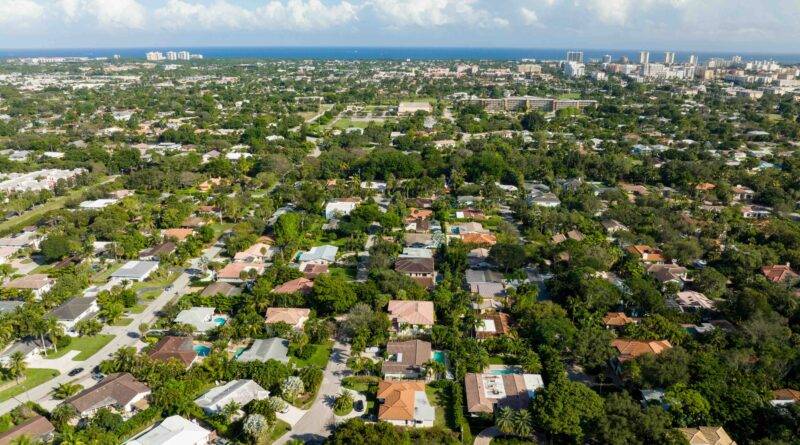The Land and Housing Market is No House of Cards
After months of interest rate hikes and crumbling demand, the industry proves to be built on a solid foundation
June of 2022 marked a sharp shift downward for the land and housing market. The past ten months of enduring the doubling of interest rates and crumbling of demand requiring rapid house price discovery all in the face of sticky high costs would have taken down a “House of Cards.” However, the facts and figures show how strong, and to date, resilient the industry has been.
At the precipice of a 30-year mortgage hitting over 7 percent in October and November of 2022, it was anyone’s guess as to the near-term prognosis of our industry. Public builders were hit early and hard with rapid stock price adjustments and most trading far below book value. Would massive impairments soon follow? Would lot bankers soon have all puts and no takes? Would land and lot values plummet?
The good news to date in this rapidly evolving cycle is that we have found that the industry was built on a solid foundation. Going into a sharp adjustment with lots of cash and historically low debt became a great shock absorber. The other major factor for stability at the moment of the interest rate shock is the ongoing shortage of existing homes, finished lots combined with strong demographic and geographically based U.S. migration tailwinds.
Now let’s throw in the additional headwinds of recent bank failures, curtailment of lending and additional interest rate hikes to determine how resilient we really are. So far, we are seeing that these issues are not spilling over to dampen demand. In fact, in April ’23 an awakening occurred across all markets for finished and shovel ready lots.
Underwriting new projects always involves projecting an outcome from many dimensions. At points in the cycle, projections may seem easier than others. Sometimes it becomes impossible to project, as we saw in the second half of 2022. We now see a number of the dimensions of projecting that can be made with increasing levels of confidence.
First and foremost, a 10+/- percent savings in direct costs with likely more to follow. Second, cycle time to complete a home is improving due to labor shortages and most of the supply chain being fixed (with the exception of a couple of items such as cement and transformers). Reduced cycle time positively impacts IRR, ROI and even margin, thanks to cash inflow acceleration and overall project carry costs reduced.
A decade ago, we saw raw lot costs and the cost to develop a finished lot being nearly equal. On the median priced home, it was common to expect approximately $30,000 for each of these, or $60,000 for finished lots. Today, we have seen the horizontal cost to paper lot ratio be a 2/3 to 1/3 ratio – more commonly today a $40,000 paper lot with a $80,000 finishing cost. This puts more weighted risk on estimating finishing costs unless a developer is providing a guaranteed cost to complete or for buying finished lots (lots of luck finding any).
Horizontal development costs have remained stubbornly high. However, the vast majority of builders and developers are reporting that costs are not increasing further. A typical contingency on horizontal cost would historically be 5 percent with a final plat with bids in hand and 10% with a preliminary plat. With lower near-term risk in a cost bust, and even possible coming reductions, we can now see higher confidence in projecting land development costs.
The other very key feature to a restart of a normalized land and lot market is having confidence in projecting the selling price of a home “net of incentives” and the pace of sales through the build out.
We now have all of the ingredients for a strong and stable recovery – and without a doubt, there’s no house of cards tumbling down upon us.
Greg Vogel is Founder and CEO of Land Advisors Organization. He can be reached at gvogel@landadvisors.com.





